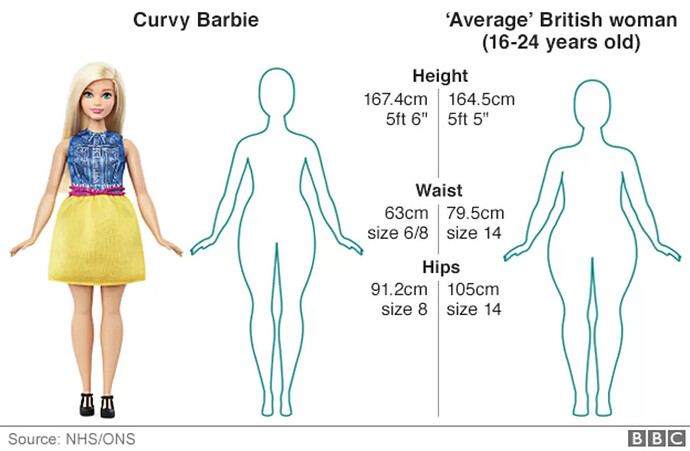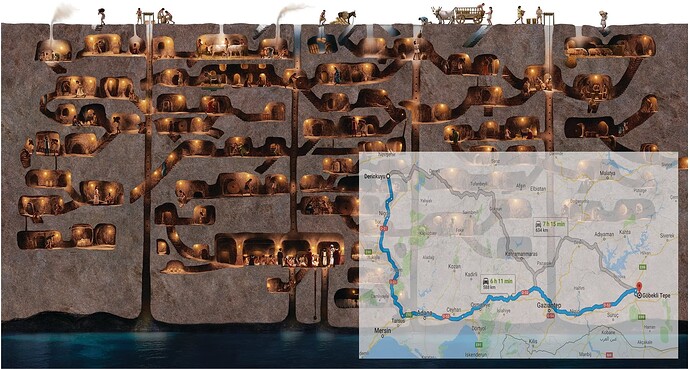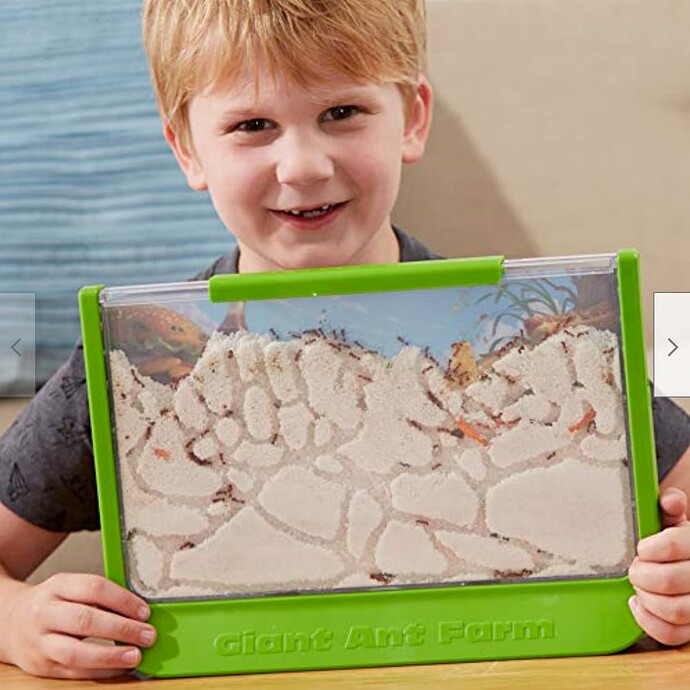I recently spent a weekend in the company of some charming but extremely obese young women, in other words: typical young women. I was actually afraid the wooden bench on my porch was going to splinter under the weight of two of them. I ain’t thin, and I never will be, but I felt positively sylphlike among these Brobdingnagians. (there’s always a bright spot, Hee Hee…)
The Venus of Willendorf came to mind, that gelubby figurine from 25000 or so years ago. I looked her up again, just to see if there’s anything new. Nah. They’re still sayin’ she musta represented a fertility goddess, that’s why the parts of the female body associated with reproduction like her breasts and belly, are emphasized. I love it that she’s made of “oolite” some kinda stone not found in the area where she was dug up, idk, the word makes me think of “oodles” like oodles of fat.
here’s my question, though: how could an actual Palelolithic woman ever have gotten that fat?
now: I’ve been there: very fat!—and I’ve been pregnant. Contrary to what they always say, the VW’s adiposity is not typical of pregnancy. Lookit those thighs, that huge roll of flab from lower belly all that way around to the hips. When a thin woman gets pregnant, you can’t even tell from behind: she just looks like she’s carrying a basketball at her waist. And that big belly is hard, smooth, tympanic. Okay, okay, I myself gained 65 pounds when I was carrying; I may have looked a tad like VW immediately after delivering. But it didn’t last thanks to the miracle of breastfeeding.)
My point is if prehistoric man wanted to create a figurine of a fertile woman, why would they have wasted all that oolite on leg and hip flab? Why doesn’t she just look like a stick figure with a big belly in front? What living woman could have been the model for the prodigiously obese VW?
I’ve been thinking about Barbie dolls cuz we watched the previews of the movie coming out later this month. A laffriot, it promises to be! But I remember when people, feminists I reckon, used to attack that wasp-waisted, perky-breasted li’l figurine as presenting girls with an impossible ideal! No way REAL girls or women looked like that. (Well, idk, models like Twiggy came pretty close…)
In any event, Barbie was an ideal.
Could the VW have been the same kinda thing, a doll in the image of the impossible ideal?
Like, if only we Paleolithic girls COULD all look like her! But we can’t, cuz we have to go out and gather (which is a lotta exercise), and we don’t have grains, processed flour, refined sugar, dairy products, so no way we can aspire to her glorious adiposity! But we can dream…
The other idea that occurs to me, since I’ve been reading about the bees, is: could the VW figure have been kinda like a queen bee, one woman selected to be fattened up by the entire tribe, pampered, worshipped? I mean obvs she couldn’t have produced anywhere NEAR the offspring the eusocial Queen does, but maybe she was saved from burning any calories, overfed, kept in a constant state of pregnancy, refertilized as soon as the (rather unreliable ) prophylaxis of lactation wore off? She would do nothing except gestate, she would have looked so different from the lean sinewy young mothers of the tribe. Maybe any ideal of beauty haste be kinda unattainable.
This present generation of young women all grew up playing with Barbie dolls. Their rooms were stuffed with ‘em, as I recall. But IRL they seem to have modeled themselves along the lines of the Venus of Willendorf (of whom most of them probably aren’t even aware.)
I don’t know…maybe Mattel should introduce a “Willie doll”. (Or maybe it already has, I’ve been outta the toy market for awhile now.)


